Shifting our perspective
Australia’s stunning landscapes draw bushwalkers, hikers and explorers year-round, but headlines about rescues and tragedies can cast a shadow over this adventurous pastime, leaving a deep impact on loved ones and the wider community. Recently, the Larapinta Trail, Frenchmans Cap, and Federation Peak all witnessed heartbreaking incidents. My heart goes out to all who have been impacted.
While the specifics of these cases remain private, these events spark a crucial conversation: how can we learn from these experiences to ensure everyone returns safely from their hikes?
When news of a bushwalking mishap breaks, social media often erupts in criticism. While this armchair judgment might seem easy, it can be hurtful, unproductive, discourage open communication and foster a culture of fear. Understanding why people react this way can help us promote a more supportive environment. Often, these reactions stem from a place of concern, a fear of the unknown, or a desire to feel in control of a situation that seems frightening or unpredictable.
While it might seem easy to point fingers, such negativity discourages open communication and can make people hesitant to share their experiences, even positive ones. Sharing our stories, both triumphs and challenges, is far more valuable.
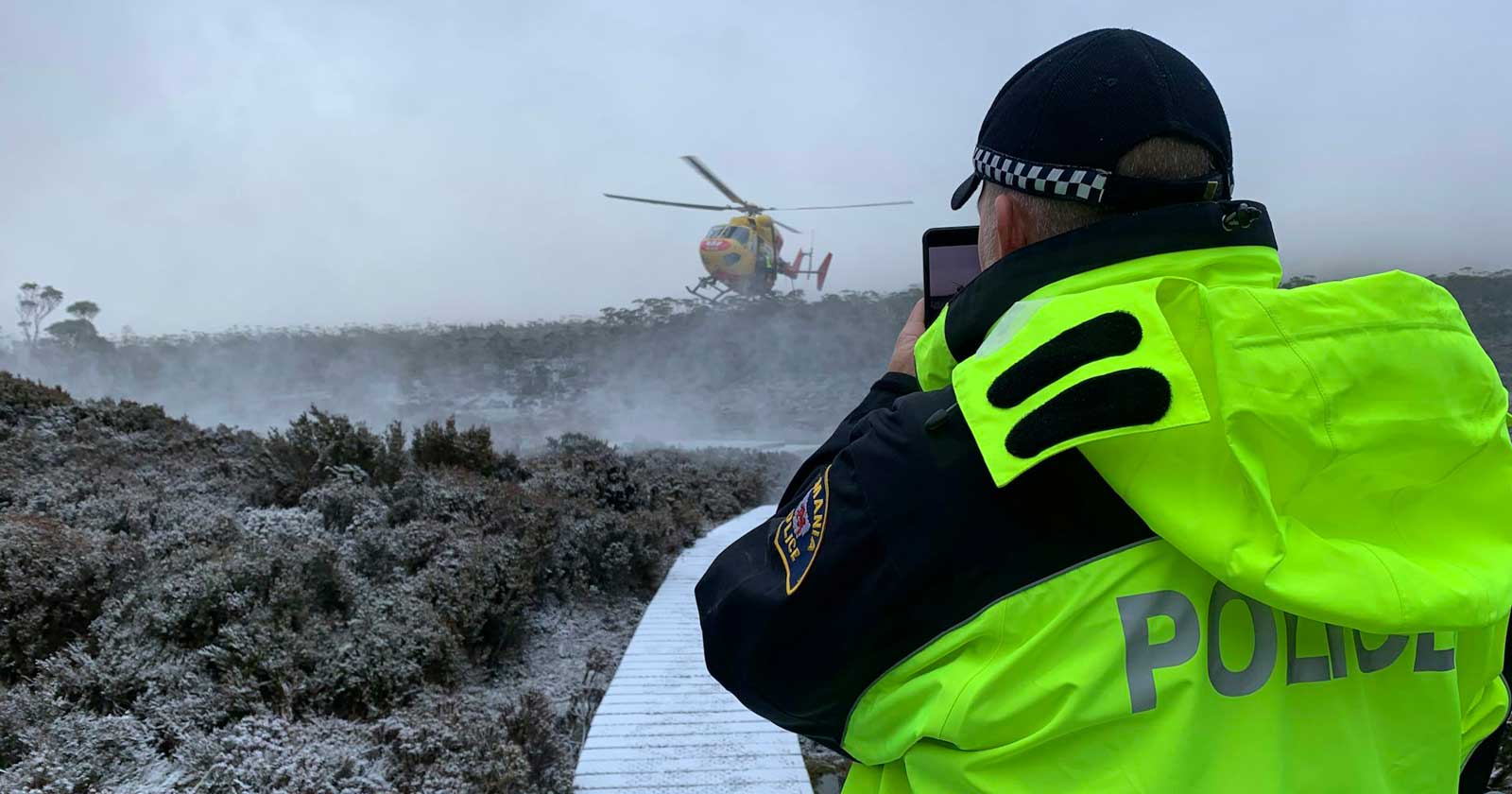
Beyond blame: The power of empathy
Instead of focusing on blame, let’s shift our perspective towards empathy and learning. Sharing experiences, both successful and challenging, is far more valuable and can foster a community dedicated to safety and mutual support. After all, understanding the challenges others have faced can help us plan for our own hikes more effectively and keep safer on the trail.
Learn from each other: Share successes and failures
Search and rescue reports often contain valuable lessons, even when anonymised. Look for common threads in recent incidents. Did they involve unprepared hikers, underestimating the weather, or straying from designated trails? By analysing these patterns, we can identify areas where education and awareness campaigns are most needed. Remember, even near misses or minor incidents can hold valuable learnings. Openly discussing these experiences can help improve safety measures and prevent future accidents.
Learning from the experiences of others to better prepare for our hikes is not just about our own safety; it’s also about showing empathy for search and rescue teams who risk their lives to bring people home. By planning and preparing carefully, we can minimise the chances of needing help and ensure a quicker, safer rescue if necessary.
Here’s a few things I have learned through years of bushwalking and as a bush search and rescue volunteer:
Embrace preparedness: Before you hit the trail
Meticulous planning and packing the right gear are the cornerstones of a safe and enjoyable bushwalking adventure.
- Research thoroughly: Understand the difficulty level, length, and potential hazards of your chosen trail. Reading accounts of other hikers’ experiences on this trail can offer valuable insights into potential challenges.
- Pack appropriately: Gear should include navigation tools (map, compass, GPS – know how to use them!), appropriate clothing and footwear for the weather conditions and terrain, emergency shelter, first-aid kit, communication devices, and personal locator beacon.
- Be honest about your skills: Don’t overestimate your abilities. Choose a trail that matches your fitness level and experience.
- Tell someone your plans: Always inform a trusted friend or family member about your intended route, estimated return time, and any potential risks. Notify that person if your plans change.
Respect the power of nature: Weather awareness
The Australian bush can be a harsh environment. Be aware of the unpredictable nature of the weather.
- Check forecasts meticulously: Don’t rely on one source. Look at weather forecasts from multiple sources and pay attention to warnings and advisories.
- Monitor conditions: Weather can change rapidly. Be prepared to adjust your plans or turn back if conditions deteriorate.
- Understand the risks: Research potential weather hazards specific to your chosen trail and time of year. This could include flash floods, heatstroke, or hypothermia.
Prioritise safety over summits: Be prepared to alter your plans
Reaching the summit is a goal, but getting there safely is the priority. Don’t push yourself beyond your limits, especially in unfamiliar terrain. Turning back is a sign of good judgement, not weakness.
Search and rescue teams perform remarkable work, often under challenging conditions. Thankfully, many incidents end with positive outcomes, such as the recent successful rescue at the Walls of Jerusalem in Tasmania. However, as Inspector Michael Johnston of Tasmania Police notes, there are times when weather conditions can impede rescue efforts.
This underscores the critical importance of being well-prepared. Knowing basic first aid, carrying a signalling device, and staying calm in emergencies can significantly improve your chances of a safe rescue. Preparation is key to ensuring that, even if professional help is delayed, you can still manage the situation effectively.
Beyond the specific tips mentioned above, ensuring a safe and enjoyable bushwalking experience requires thorough planning and preparation. For a detailed breakdown of planning essentials, refer to my previous blog post: Plan to Survive Your Hike: Essential Planning Tips.
Rescued: Learning from real experiences
For more insights into real-life rescue experiences and the lessons learned, check out Rescued, an outdoor podcast by my mate Caro Ryan of lotsafreshair. The podcast features conversations with rescuers and those who’ve been rescued, offering valuable lessons about adventure, risk management, and handling the unexpected—without judgment or shame. You can listen to Rescued here for a deeper understanding of the challenges and solutions in the world of outdoor adventures.
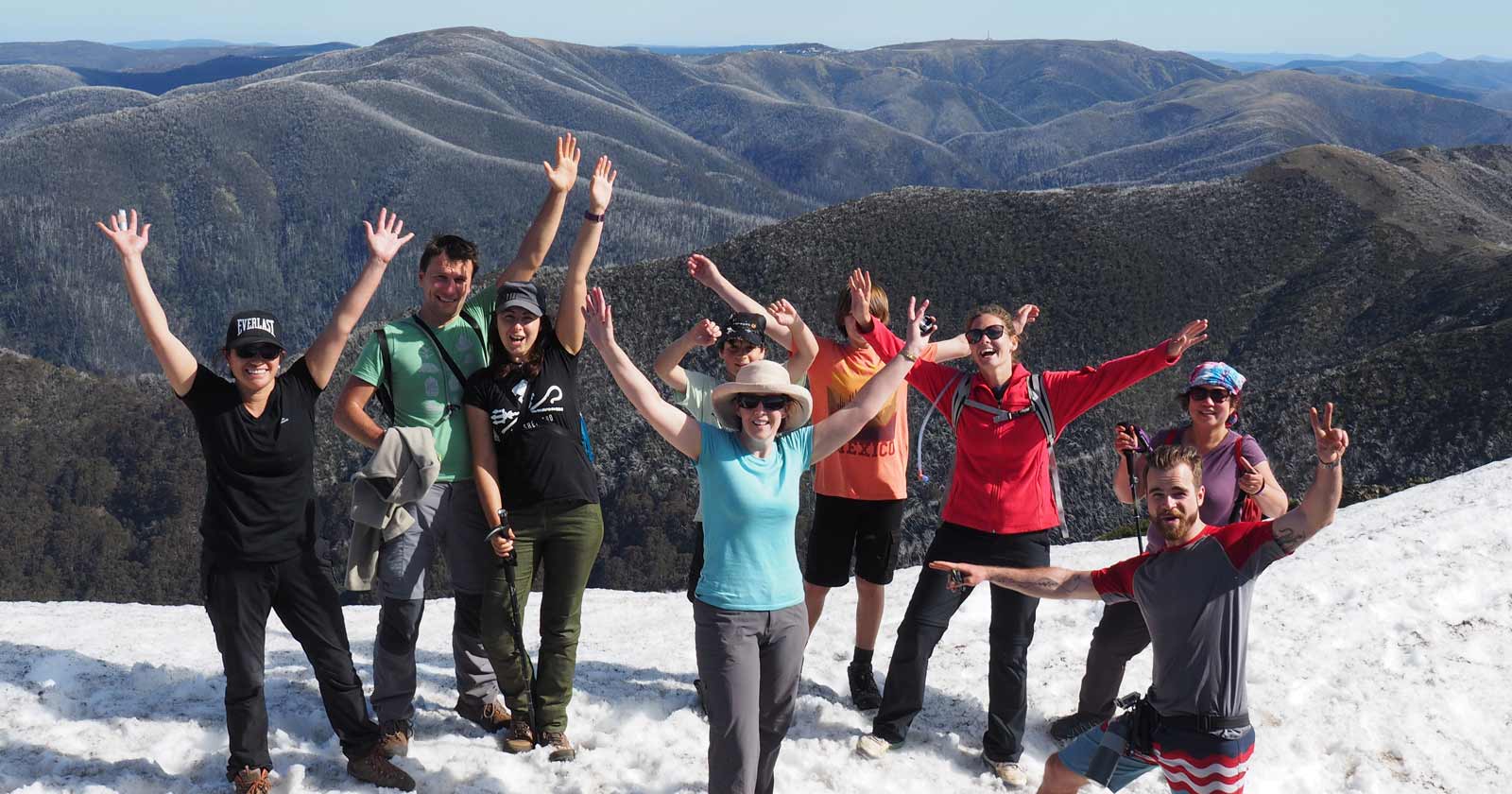
Bushwalking: A community effort
As we explore the beauty of the Australian wilderness, we all become part of a vibrant outdoor community. It’s a community I love being a part of. By fostering a culture of responsible preparation, open communication, and learning from shared experiences, we can ensure that the Australian wilderness remains a place of wonder and safe exploration for everyone. As increasing numbers discover the magic of our national parks and natural areas, fostering a culture of safe exploration is crucial.
We all play a vital role in this community. Let’s all take that first step – a caring, open and responsible one.
Share your bushwalking safety tips and experiences in the comments below or reach out to Caro if you have a rescue story to share!
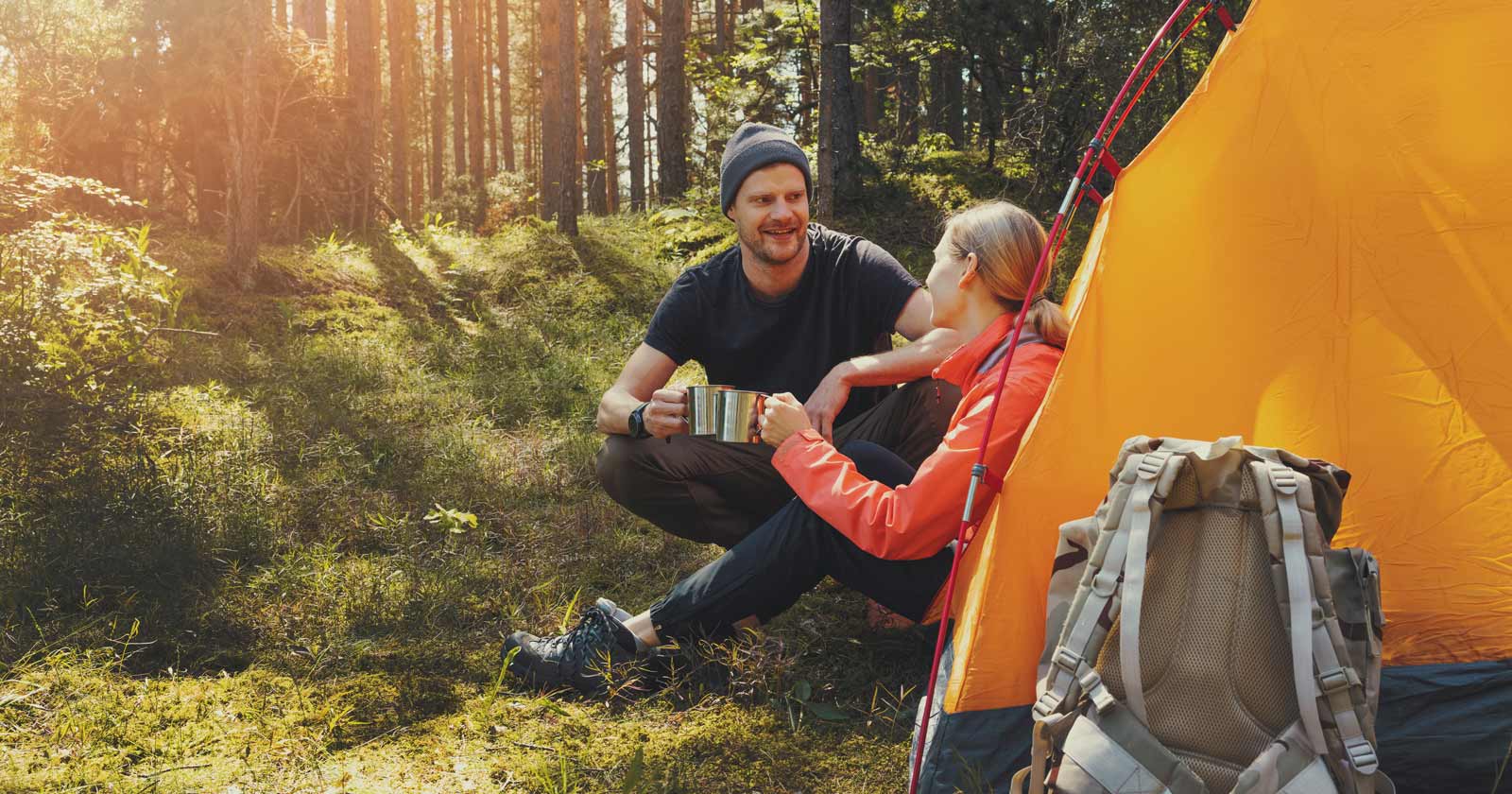
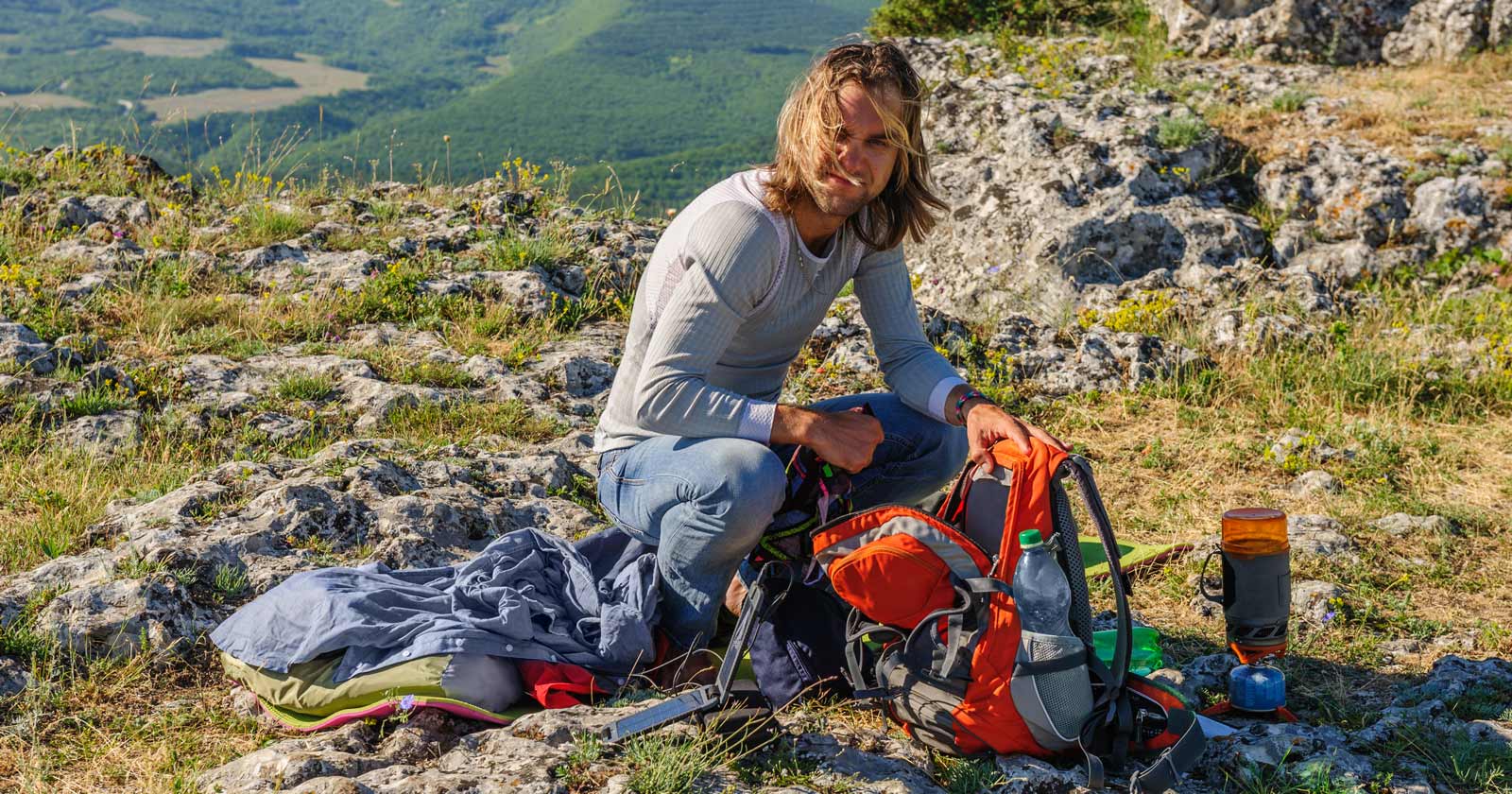
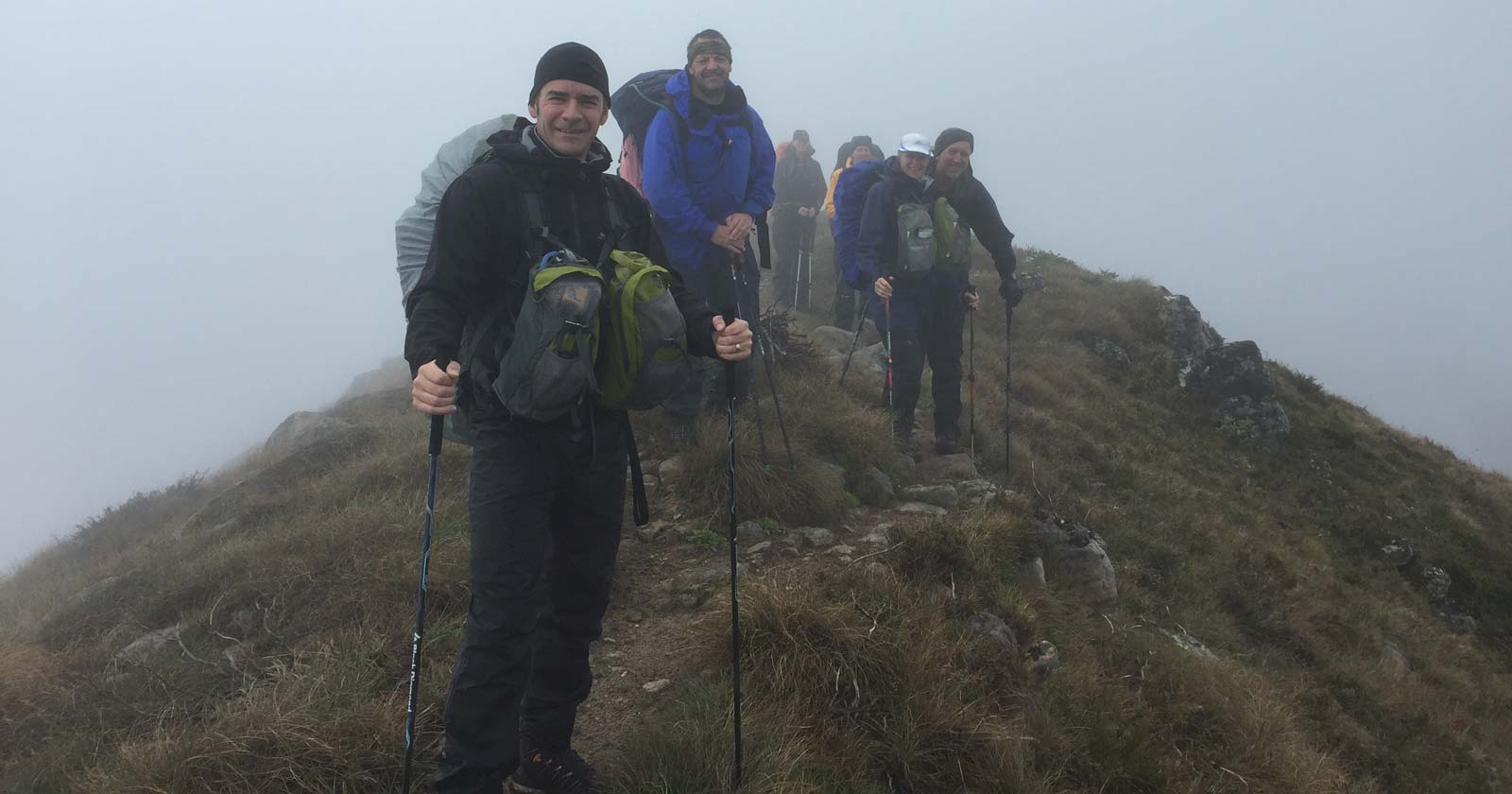



Thank you for sharing this thoughtful post. All the negative comments and judgement has been unsettling and I’m glad to see a focus on empathy and lessons we can all learn after these tragedies, especially with the recent events in Tasmania.
Grant Hollingworth thank you. I was feeling the same so thought it a timely reminder to think of what good can come out of these tragedies
As mentioned in this post, for more insights into real-life rescue experiences and the lessons learned, check out Rescued, an outdoor podcast by my mate Caro of Lotsafreshair
I totally concur
“Let someone know before you go” is a catchy mantra which I learnt as a teenager in Scouts before mobile phones existed. I rarely hear it now and think it would be beneficial to promote it again, e.g. on signage at the start of trailheads, on maps of national and state parks and in outdoor education. In 1995, I was overdue on a snow trip from Mt Stirling to Mt Hotham due to being pinned down by a blizzard and our mobile phone had no signal. My concerned father (at home) forwarded our trip intentions plan to Victoria Police. A local police officer decided to give us an extra couple of days to make contact before mounting a search. He correctly estimated our location when the blizzard hit and how much the deep snow would slow us down. When we were eventually able to make a phonecall to the police, they complimented us on our detailed trip intentions plan which had avoided them mounting a search for us. They also let us know they had started to make some plans for a search in case it had become necessary. This was a happy outcome which reinforced the benefit of a thorough “Let someone know before you go” trip intentions plan.